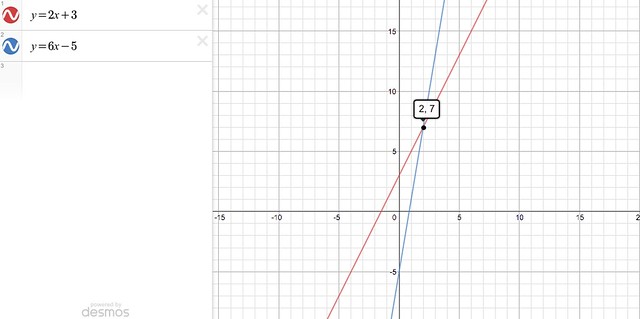Narrative Point of View, sometimes called Narrative Perspective, describes the position of the narrator in relation to the story. Commonly-used points of view include First Person, where the narrator is a main character in the story, describing the events using “I,” and Third Person, where the narrator is a separate entity describing the events of the story using “he” or “she”. Within Third Person there are two sub-categories dealing with how much information the narrator chooses to give. Third Person Omniscient places the narrator above the story, where they can provide narration of events that the main characters are unaware of. A good example of this is the Harry Potter series, where the books sometimes show scenes of the Malfoys, Snape, or Voldemort – things that Harry and his friends would have no way of knowing about. In contrast, Third Person Limited places the narrator inside the main character’s head but not AS the main character – events are still described as “he did this” or “he thought that,” but only events or thoughts that the main character is aware of are introduced. Only the main character’s thoughts are given; everyone else’s motivations must be inferred from actions and dialogue. An example of this would be the Hunger Games trilogy, where Katniss is the lens through which we view the story. (Interestingly, the Hunger Games movies change this perspective, showing what was actually happening in the game-controllers’ room during the games, where in the books we only have Katniss’s ideas about what MIGHT be happening up there.)
These are the most common ways to tell a story, but there is one other. It’s elusive, and rarely used. I recently finished reading a book of short stories, edited by Neil Gaiman and Al Sarrantonio, as part of my 2015 Reading Challenge (see previous blog post). One of the stories in that volume has stayed with me particularly strongly for its use of this elusive Point of View. “Loser,” by Chuck Palahniuk, is written in Second Person.
Second Person is a narrative perspective where YOU are the protagonist of the story. The narrator describes events using “You did this” or “You thought that.” Before encountering “Loser,” I was used to only seeing Second Person in special cases like the “Choose Your Own Adventure” books of my childhood or the Game Master’s narration in a game of Dungeons & Dragons. Dungeons & Dragons, though, is more properly described as a collaboration between a second-person narrator and a group of first-person players, working together to craft a story on the spot. And the Choose Your Own Adventure books assume a level of interactivity from you as well, as you flip back and forth from page to page to craft your own story. As you might imagine, it’s difficult to craft a good non-interactive Second Person narrative without it sounding odd, with this unseen narrator ascribing motivations and actions to you, the reader. And it’s true that “Loser” has an odd effect on the reader because of its narrative perspective, but in this case it’s done intentionally to play into the story itself.
Basically, “Loser” is a description of that time you took acid and went on The Price is Right. The narrator’s description of your befuddled mental state and sensory overload from the bells and whistles and flashing lights as you attempt to get through the game without freaking out creates a very clear sense in the reader of what that experience would be like. It’s remarkably effective at portraying the loss of agency that one might feel after taking a mind-altering drug and entering an area of extreme sensory input. Thinking about it now, I get the sense that that loss of agency is exactly why Second Person generally feels strange to read – here’s some unknown guy telling you what you think about all of this. Who is he to tell you what you think and do? It’s an odd sensation to be sure. Palahniuk is simply leveraging that odd sensation to help him tell the story.
I highly recommend checking out “Loser,” by Chuck Palahniuk. And I’m interested to hear your thoughts in the comments – have you read any good Second Person narratives?


